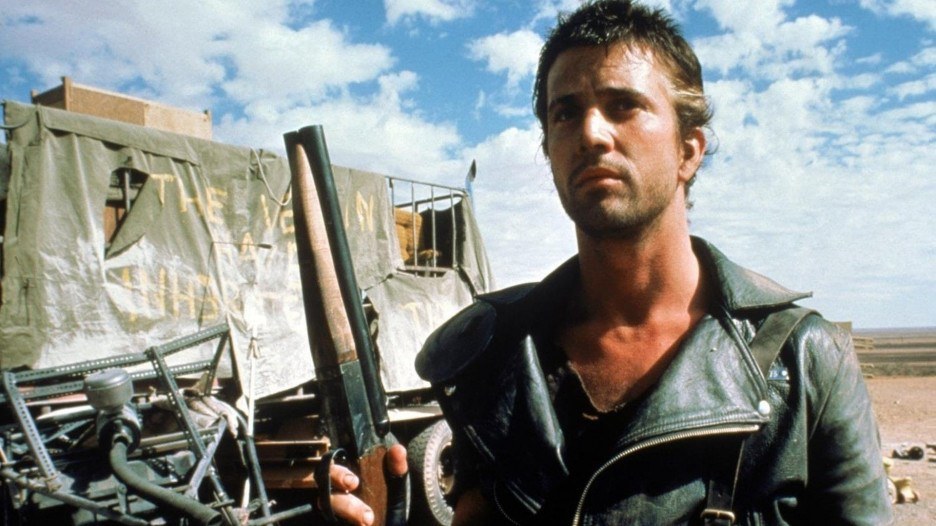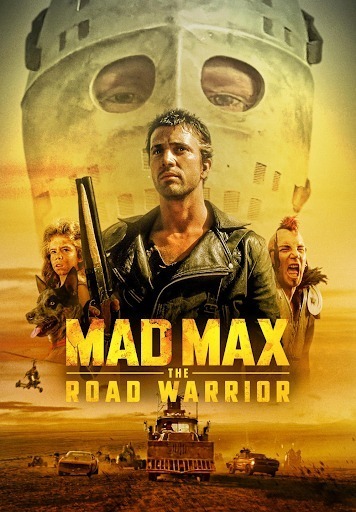Mad Max 2: The Road Warrior (1981)

In the dystopian landscape of 1981’s Mad Max 2: The Road Warrior, director George Miller crafts a relentless and riveting post-apocalyptic tale that continues to captivate audiences with its raw energy and visionary storytelling. As the second installment in the Mad Max franchise, this film propels the saga into legendary status, offering both a thrilling cinematic experience and a profound commentary on humanity’s resilience.
Content and Plot:
Set in a desolate future where society has collapsed and resources are scarce, Mad Max 2: The Road Warrior follows the enigmatic Max Rockatansky, portrayed by Mel Gibson, as he roams the wasteland in search of gasoline, the lifeblood of this new world. The film’s narrative centers on Max’s involvement with a small, besieged community of survivors who are defending their refinery from a ruthless gang of marauders led by the menacing Humungus (Kjell Nilsson).
The storyline unfolds with Max initially appearing as a solitary, morally ambiguous antihero, driven by personal survival. However, as he becomes entangled with the defenseless settlers, he is faced with a choice between his own survival and the chance to help those in desperate need. The action intensifies as Max, with his trademark leather jacket and iconic Interceptor car, engages in high-octane battles against the marauders, blending explosive vehicular combat with a taut, adrenaline-pumping narrative.

Themes and Significance:
Mad Max 2: The Road Warrior delves into themes of survival, sacrifice, and the enduring spirit of humanity in the face of anarchy. The film is more than just a spectacle of car chases and pyrotechnics; it serves as a reflection on the human condition, exploring the lengths to which people will go to protect their homes and values amidst chaos.
The film’s significance lies in its innovative approach to action filmmaking and its influence on the genre. With its groundbreaking practical effects, choreographed vehicular stunts, and minimalist dialogue, The Road Warrior set a new standard for action films and established a visual and thematic template that many subsequent movies have emulated. Its portrayal of a stark, unforgiving world resonates with audiences, presenting a vivid yet cautionary vision of the potential consequences of societal collapse.
Moreover, the film’s success cemented Mel Gibson as a major action star and propelled the Mad Max franchise to international acclaim. Its impact extends beyond entertainment, inspiring a plethora of post-apocalyptic media and contributing to the broader cultural lexicon of dystopian storytelling.

Conclusion:
Mad Max 2: The Road Warrior stands as a timeless classic in the annals of action cinema, celebrated for its relentless pace, imaginative world-building, and profound thematic depth. George Miller’s masterful direction, combined with Mel Gibson’s compelling performance, delivers a cinematic experience that is as thought-provoking as it is exhilarating. As a cornerstone of the post-apocalyptic genre, The Road Warrior continues to inspire and captivate, embodying the enduring allure of a world where humanity’s last stand is both a fight for survival and a testament to its indomitable spirit.











